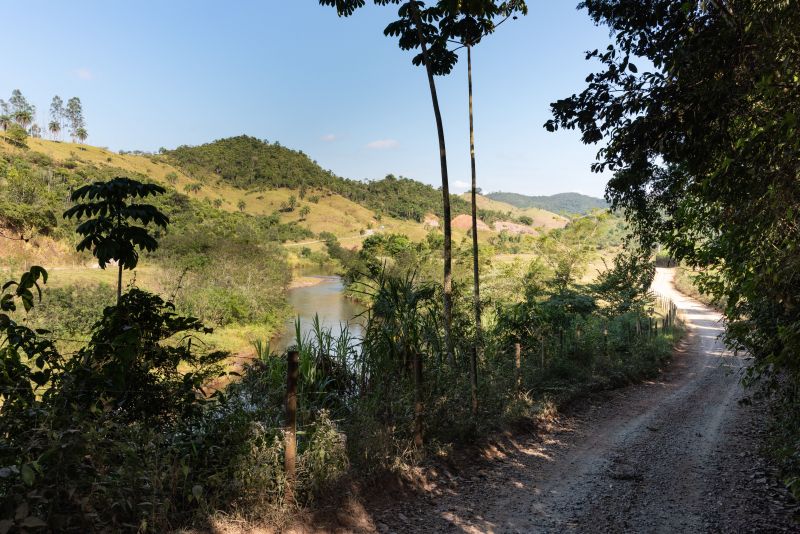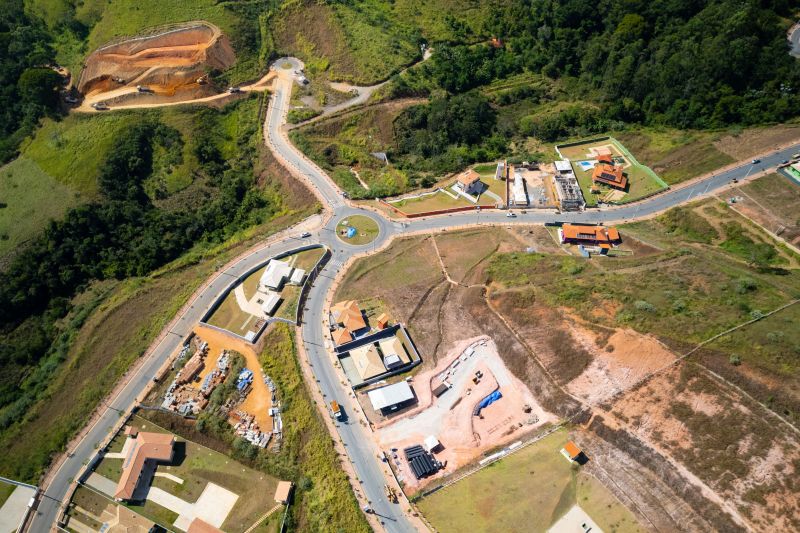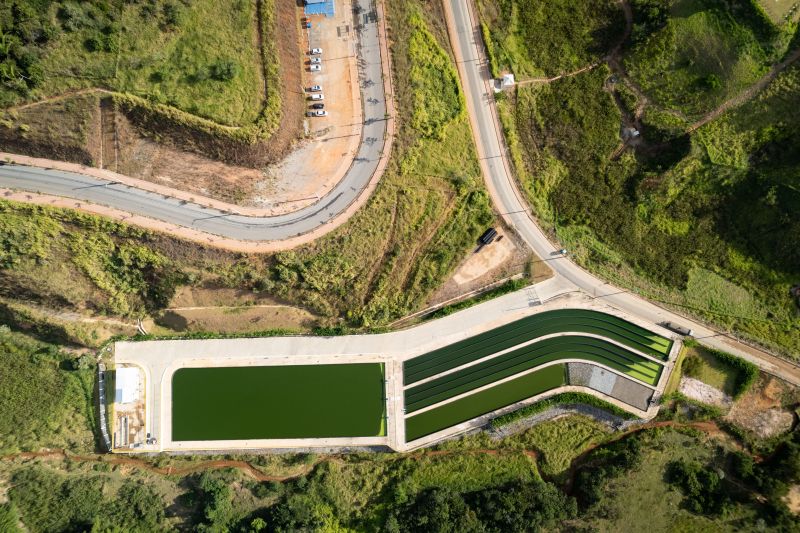In the heart of Brazils mining region, two catastrophic events stand as stark reminders of the potential dangers posed by industrial negligence: the Mariana Dam disaster of 2015 and the Brumadinho dam collapse of 2019. Each incident, marked by tragic loss of life and significant environmental devastation, unveils a haunting narrative woven through the complex tapestry of corporate responsibility, regulatory oversight, and human error.
The Mariana disaster unleashed a torrent of iron ore waste that buried entire communities, while Brumadinhos collapse sent shockwaves through the nation, revealing both systemic failures and the fragility of life in the shadow of industry. As we delve deeper into the similarities and differences between these two tragedies, it becomes imperative to scrutinize the socio-economic implications, the responses from authorities, and the lasting scars left on the Brazilian landscape and its people.
What lessons can be drawn from these events, and how can they inform future practices in a world where the balance between progress and safety hangs perilously in the balance?
Introduction to the Dam Disasters

The catastrophic failures of the Mariana and Brumadinho dams stand as stark reminders of the perils associated with large-scale mining operations in Brazil, illuminating a dark chapter in the nation’s industrial history. In November 2015, the collapse of the Fundão tailings dam unleashed a torrent of toxic sludge, wreaking havoc on the town of Mariana and claiming 19 lives.
This disaster, rooted in a web of negligence and regulatory failures, shocked the world. Just a few years later, in January 2019, the Brumadinho disaster struck with harrowing speed; the dams collapse led to the release of a deadly wave of mining waste that engulfed the surrounding area, resulting in over 270 fatalities.
As we delve into the nuances of these two calamities, we uncover a chilling pattern of mismanagement, delayed responsibility, and the profound human and environmental costs that resonate far beyond their immediate aftermath. Understanding these events is not merely an exercise in reflection but a crucial step towards preventing future tragedies in the mining sector.
Response and Recovery Efforts

In the aftermath of the Mariana Dam disaster, response and recovery efforts were marked by a complex interplay of immediate action and long-term strategy, as authorities scrambled to address both the ecological devastation and the human tragedy that unfolded. Emergency services were mobilized swiftly, with rescuers sifting through mud and debris in relentless pursuit of survivors, while the community grappled with shock and despair.
However, the recovery phase revealed stark contrasts with the subsequent Brumadinho dam collapse; here, the initial response was criticized for its sluggishness and mismanagement, highlighting lessons tragically learned yet seemingly forgotten. Environmental impact assessments were eventually initiated, but the scars on the land and the emotional wounds of the affected communities would take years, if not decades, to heal.
As both incidents unfolded, they prompted a long-overdue dialogue about regulatory frameworks, corporate accountability, and the urgent necessity for enhanced safety measures, igniting a fervor for change that continues to resonate in Brazilian society.
Comparative Analysis of Safety Regulations

The safety regulations governing dam construction and maintenance in Brazil reveal stark contrasts when examining the Mariana Dam disaster and the Brumadinho dam collapse. Following the Mariana incident in 2015, which resonated through the country and beyond, a flurry of legislative responses emerged, heralding promises of stricter oversight and enhanced safety protocols.
Yet, the tragedy at Brumadinho just a few years later demonstrated the fragility of these regulations. Despite the established frameworks, systemic issues such as corporate negligence, insufficient enforcement, and a culture prioritizing profit over safety persisted, allowing preventable failures to occur.
In both cases, the sheer scale of environmental devastation and human tragedy exposed not only the gaps in regulatory frameworks but also the pressing need for a comprehensive reevaluation of safety practices in the mining sector. As investigations unfolded, the juxtaposition of reactive legislative measures against the backdrop of repeated catastrophes painted a chilling portrait of inadequacy in protecting both the populace and the environment.
This comparative analysis reveals a troubling cycle where lessons are learned too slowly, often at the cost of lives and livelihoods.
Conclusion
In conclusion, the comparisons between the Mariana Dam disaster and the Brumadinho dam collapse reveal significant lessons about industrial safety and environmental stewardship. Both tragedies, rooted in systemic negligence and inadequate regulatory oversight, underscore the critical need for stronger safeguards within Brazil’s mining industry.
The Barragem de Fundão incident serves as a stark reminder of the catastrophic consequences that can arise from poor practices and the imperative to prioritize community safety over profit. Moving forward, it is essential that stakeholders, including the government, corporations, and local communities, work together to implement more robust regulatory frameworks and promote a culture of accountability, ensuring that such devastating events are not only acknowledged but actively prevented.


